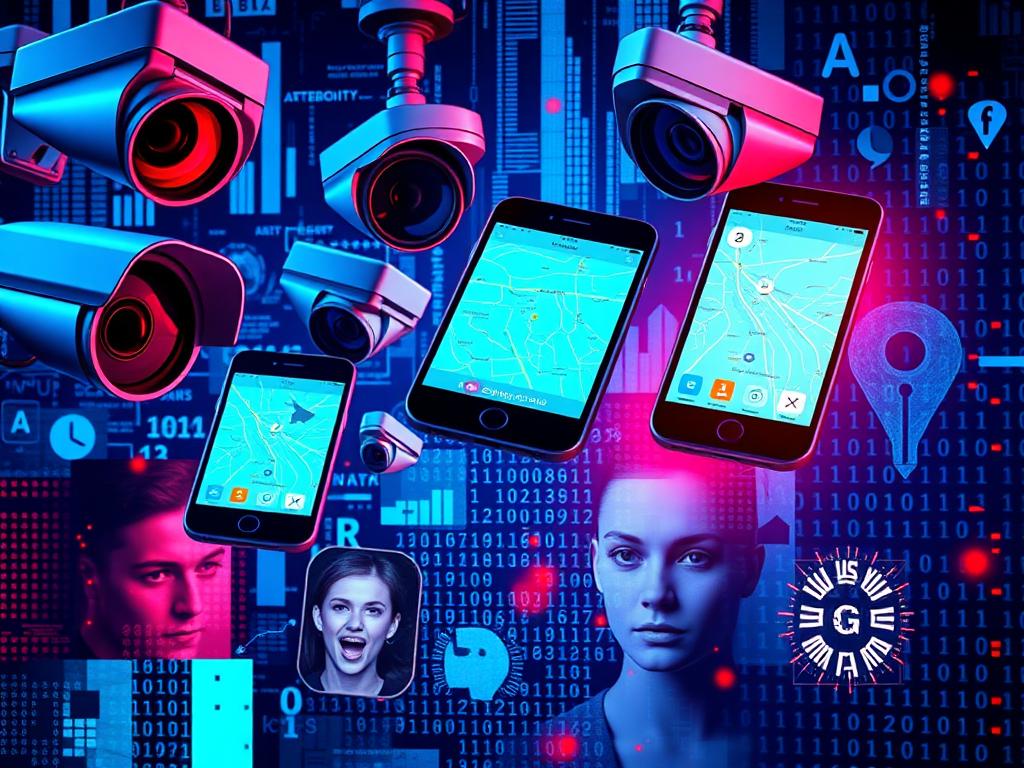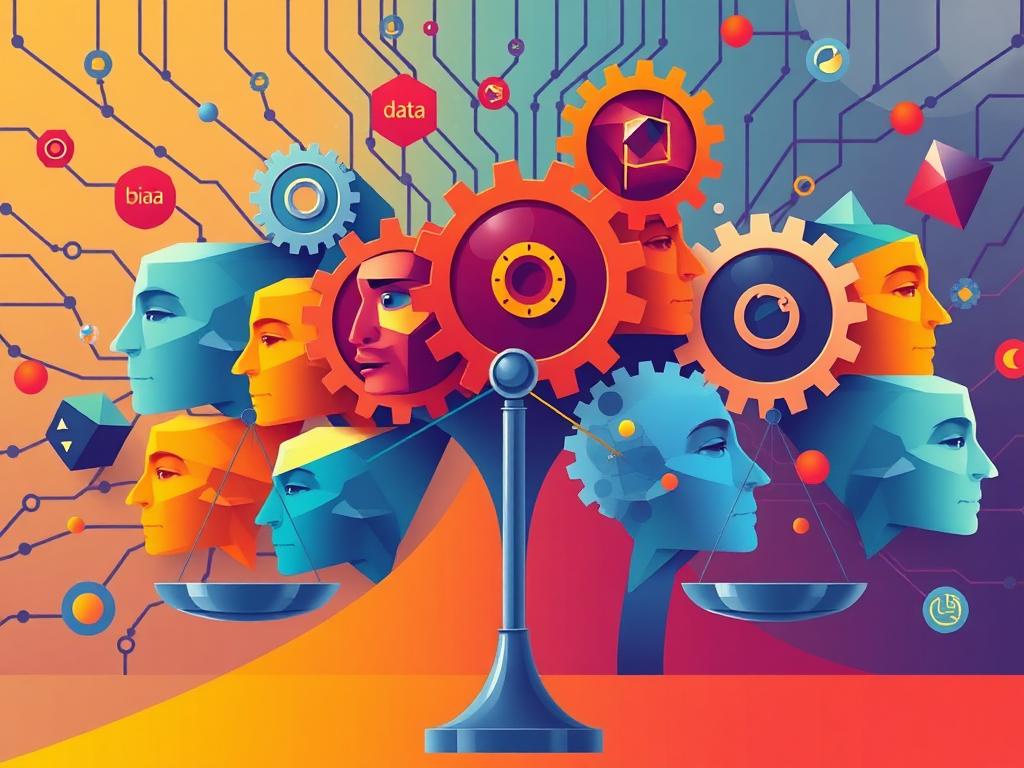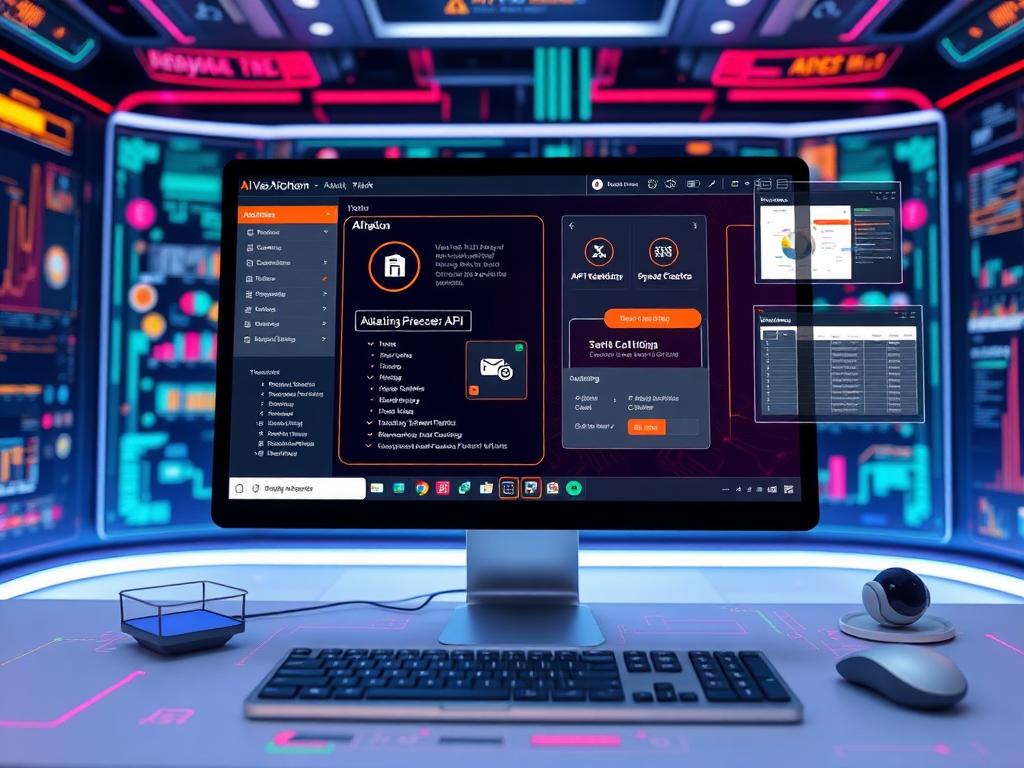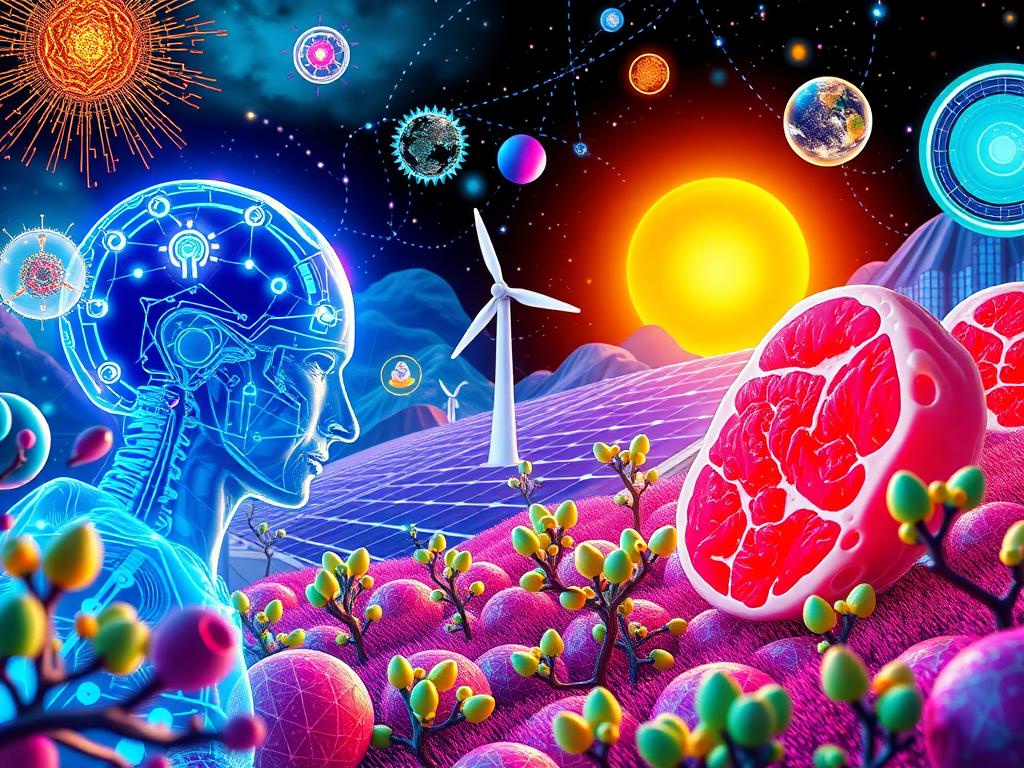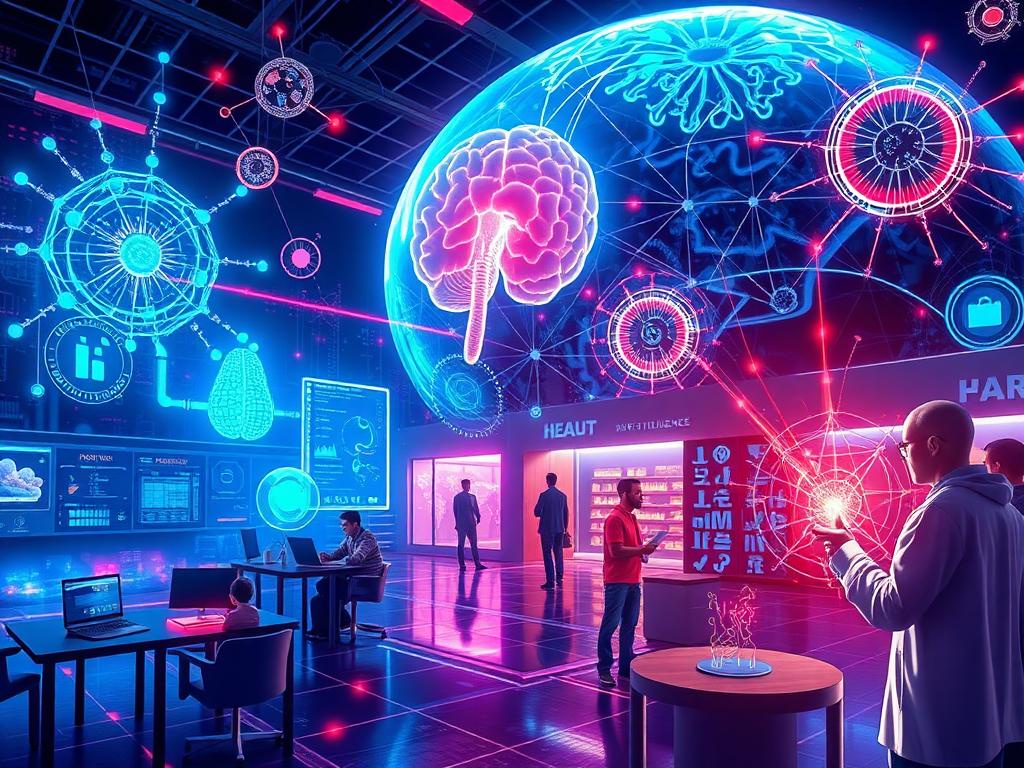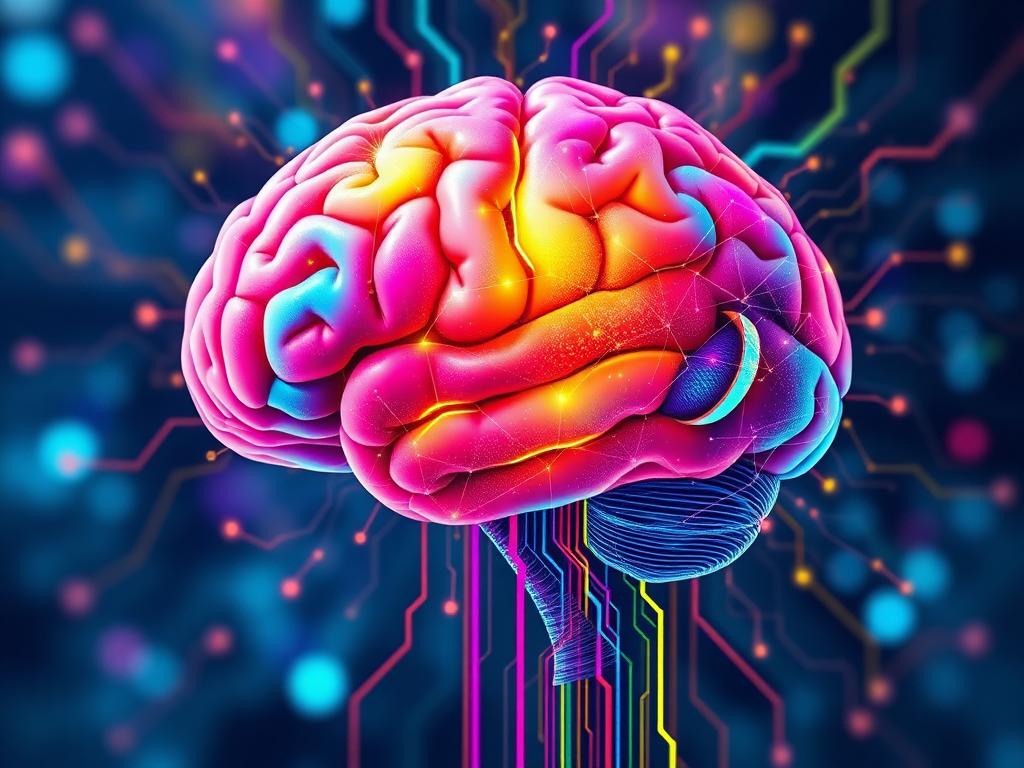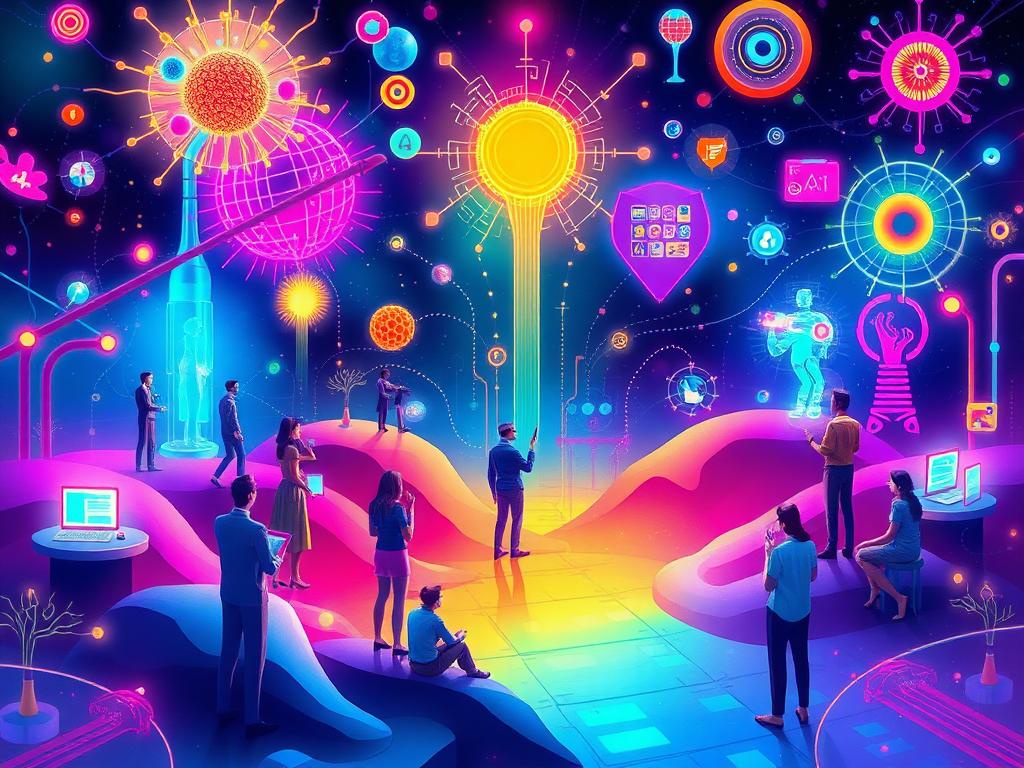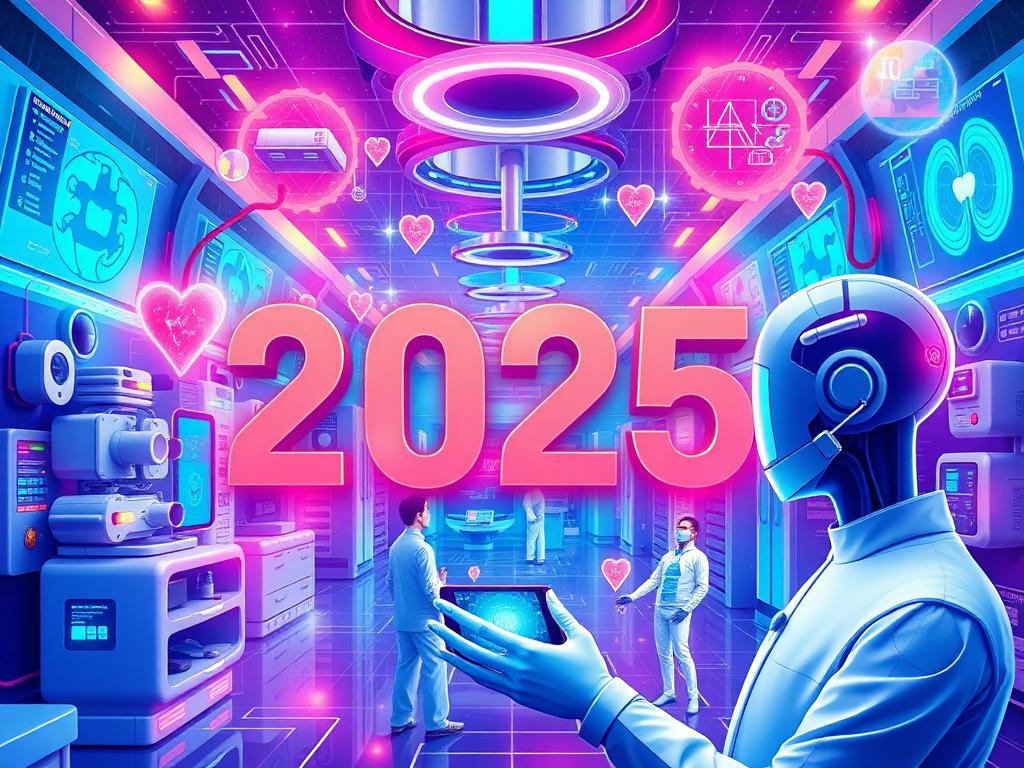
Google’s AI Course Simplified in 10 Minutes
Learn the essentials of artificial intelligence, machine learning, and deep learning in just 10 minutes with Google’s beginner-friendly AI course breakdown.
What is Artificial Intelligence?
Artificial Intelligence (AI) is a vast field of study, akin to physics, with machine learning as a subfield similar to thermodynamics within physics. Deep learning, a subset of machine learning, further divides into discriminative and generative models. Large Language Models (LLMs) reside at the intersection of generative models and deep learning, fueling technologies like ChatGPT and Google Bard.
What is Machine Learning?
Machine learning involves training a model with input data to make predictions on new, unseen data. For instance, using Nike sales data to predict Adidas shoe sales. Machine learning models primarily fall into two categories: supervised learning, which uses labeled data, and unsupervised learning, which uses unlabeled data.
What is Deep Learning?
Deep learning is a specialized branch of machine learning that leverages artificial neural networks, mimicking the human brain. It enables semi-supervised learning, where a model is trained on a small amount of labeled data and a large amount of unlabeled data. This approach is particularly useful for tasks like fraud detection in banking.
What is Generative AI?
Generative AI models learn patterns from training data and generate new content based on these patterns. Unlike discriminative models, which classify data, generative models create new samples such as text, images, or audio. Common generative AI applications include text-to-text models like ChatGPT and text-to-image models like MidJourney and DALL·E.
What are Large Language Models?
Large Language Models (LLMs) are a subset of deep learning models pre-trained extensively and then fine-tuned for specific purposes. For example, a hospital might fine-tune a pre-trained LLM with its medical data to enhance diagnostic accuracy. This allows smaller institutions to benefit from advanced AI technologies without the need for extensive resources.






